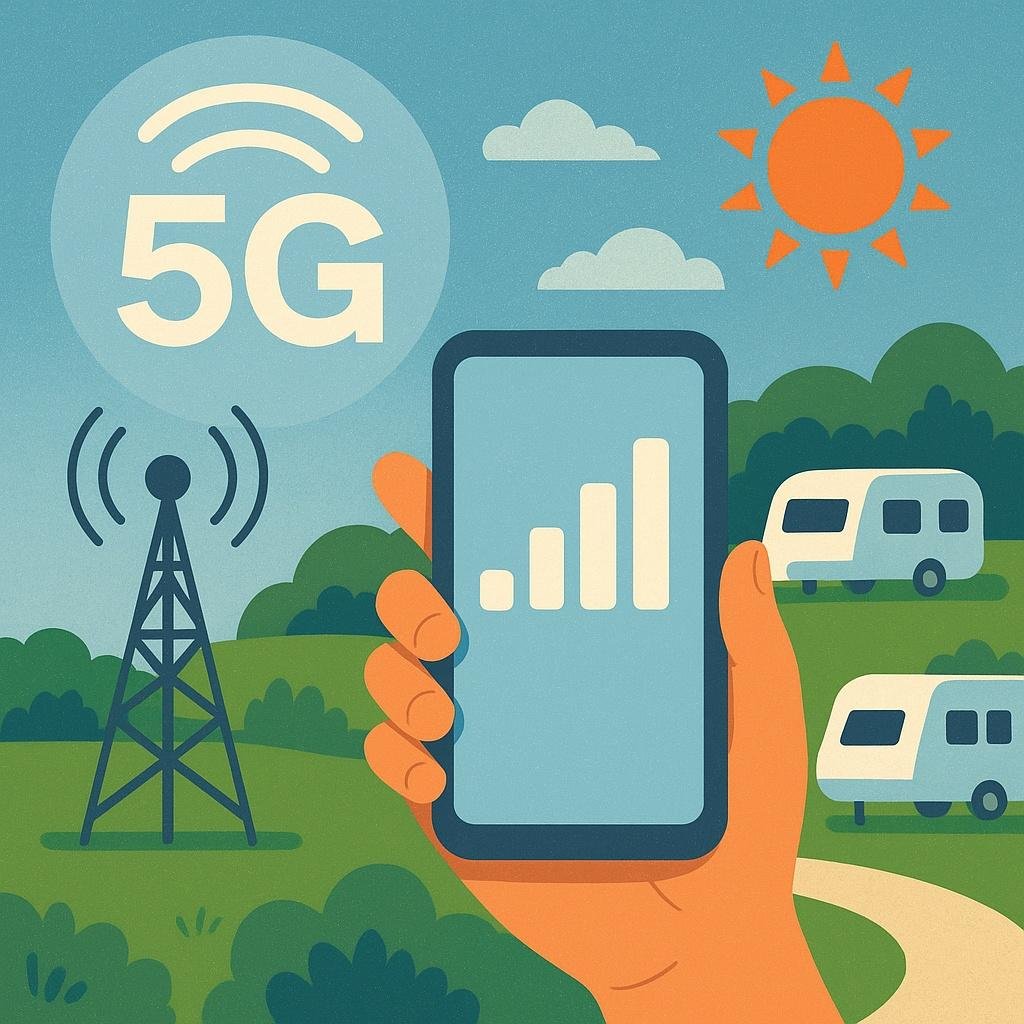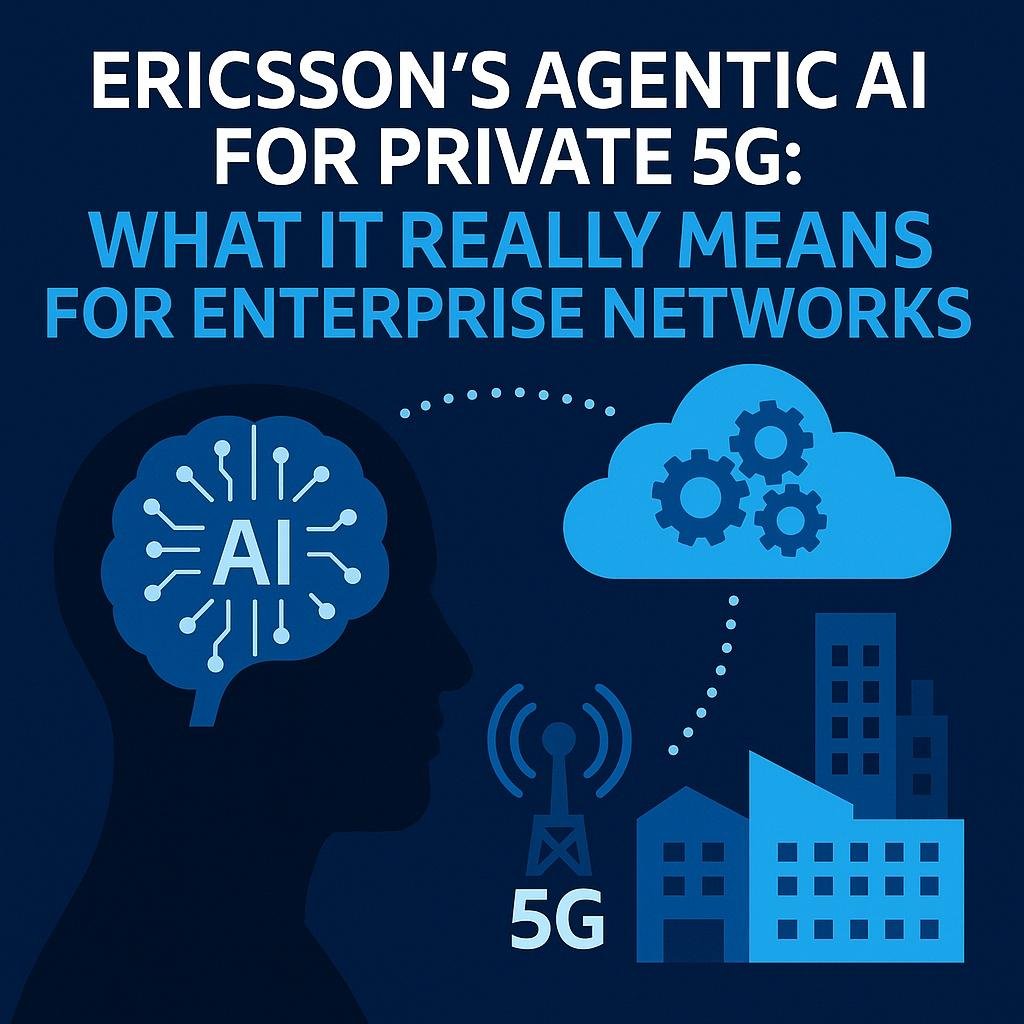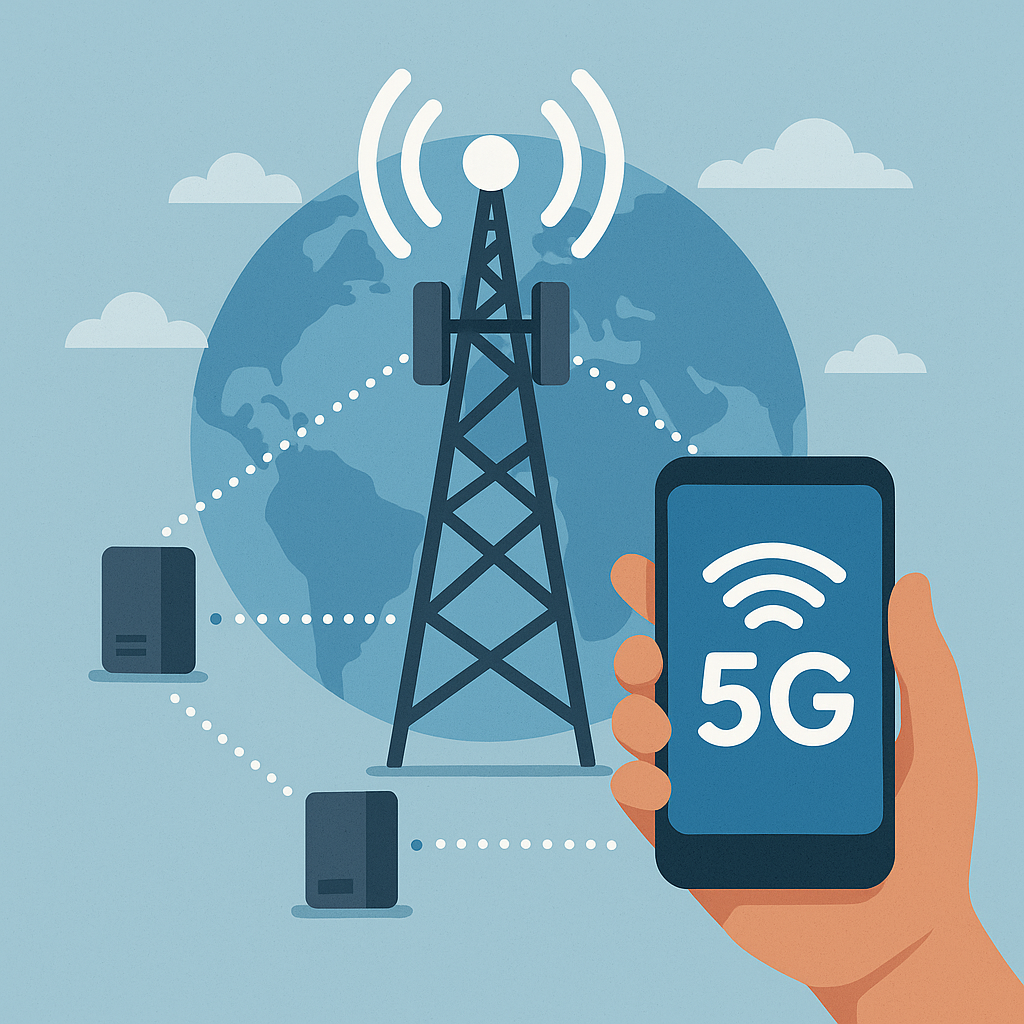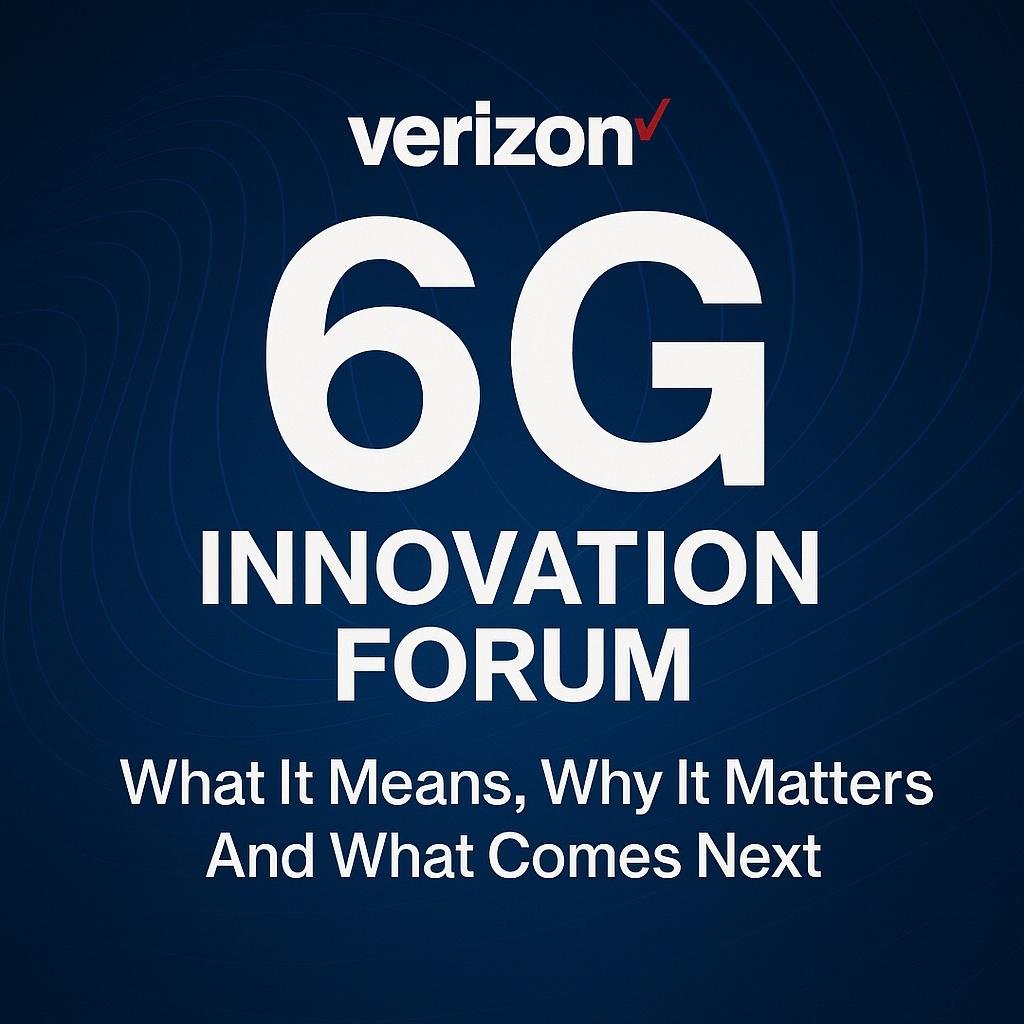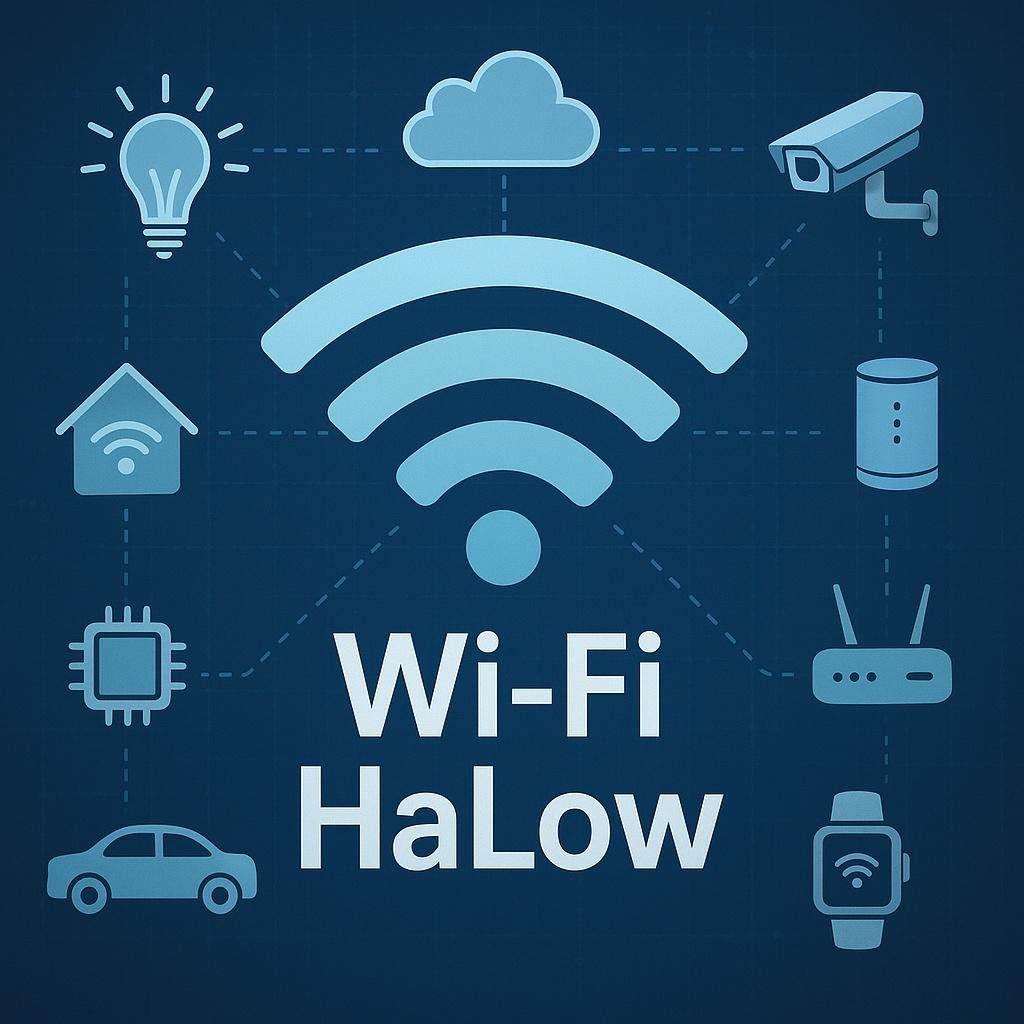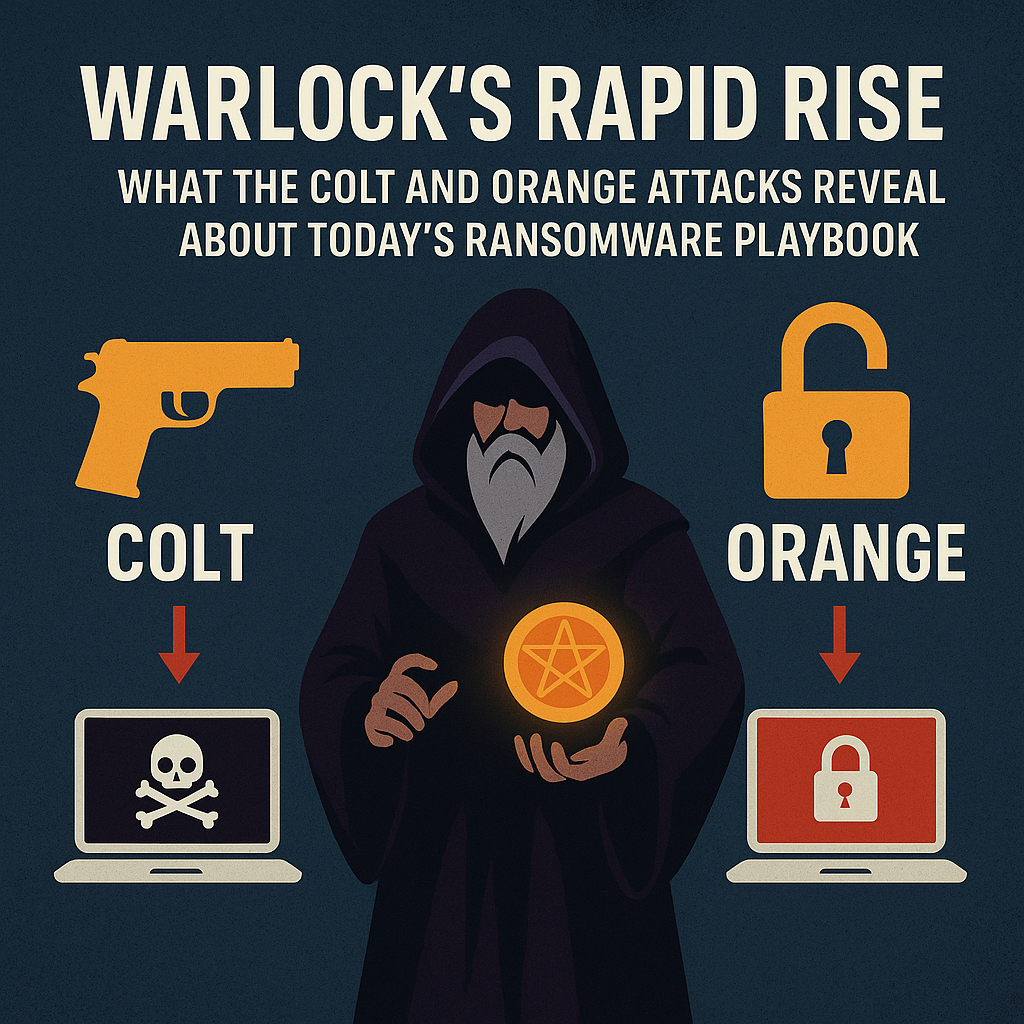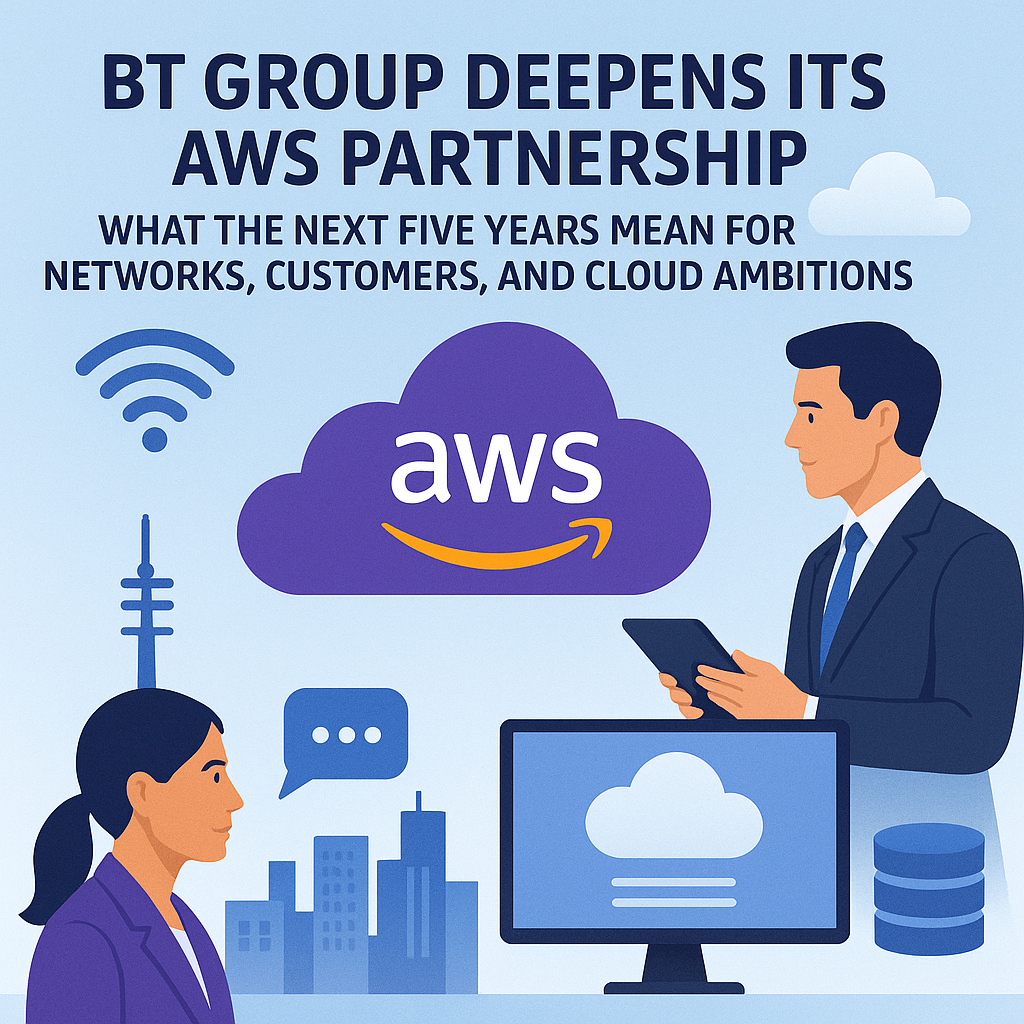Introduction
A holiday should feel easy. Bags go in the car, kids jump in the back seat, and everyone heads for the coast expecting fresh air, warm food, and reliable bars of signal on the phone. In reality, many rural and seaside spots have struggled with mobile coverage. Thick walls, sprawling sites, and salty sea air can make a strong connection disappear just when it is needed most. That is why Haven’s decision to work with O2 and connectivity specialist Freshwave matters.
It points to a future where a family can stream a film in the caravan, upload beach photos without a delay, book activities on a phone in seconds, and still have a clear line for calls if there is an emergency. This in depth guide explains what the upgrade means, why improving signal at holiday parks is more complex than it looks, what guests are likely to notice once the work is complete, and how Haven’s teams can use better networks to make every stay smoother.
Who Haven Is And Why Connectivity Matters
Haven is a familiar name to families across Britain. The company runs dozens of coastal holiday parks across England, Scotland, and Wales. These sites offer self catering breaks, touring and camping pitches, seasonal entertainment, and the option to own a holiday home. Since 2000, the brand has been part of Bourne Leisure, a large UK holiday operator that builds its reputation on friendly service and reliable family experiences.
Modern holidays run on connectivity. Parents check weather updates before heading to the beach. Teenagers video chat with friends after dinner. Guests pay for on site activities on phones rather than with cash. Owners keep an eye on smart thermostats in their caravans. Staff coordinate maintenance tasks across wide areas. All of that depends on a mobile network that reaches deep into every corner of a park and holds up when many people are online at once.
The Partnership: O2 And Freshwave
O2 brings national mobile coverage and expertise in radio planning. Freshwave brings a focus on designing and managing infrastructure in complex places. Together, they can survey each park, map out weak spots, and design the right blend of equipment to improve both coverage and capacity. The goal is simple: make the everyday experience of using a phone at a holiday park feel as smooth as it does in a well served town.
The method is not one size fits all. Parks vary in size, layout, building materials, tree cover, and proximity to the shoreline. A good design has to respect those differences. Some locations will benefit most from compact 4G and 5G small cells placed on lighting columns or rooftops. Others will need discreet antennas along busy walkways, upgraded backhaul to carry more data to and from the internet, or better indoor solutions for entertainment venues and restaurants.
Why Holiday Parks Are Hard For Mobile Networks
It is tempting to think that fixing a mobile signal is as simple as raising one more mast. The truth is more nuanced. Coastal weather can corrode equipment faster than in cities. That drives up maintenance and demands kit that can withstand wind, rain, and salt. A park’s busiest hours often arrive in short bursts: breakfast rush, lunch rush, evening shows. Networks must be ready for those peaks without wasting energy during quiet hours. Buildings are spread out across wide areas, so power and fiber routes need careful planning. Many caravans and lodges have insulated walls and reflective window films that make indoor signal weaker. Each of these factors adds to the challenge.
Good engineering tackles them one by one. Weatherproof enclosures protect radios and cabling. Directional antennas focus signal where people actually stand and sit. Intelligent software balances traffic between sites, so video calls stay smooth even when a venue fills up. Battery backup keeps service running through brief power cuts. The result is not just a stronger signal reading on a phone: it is a network that feels steady in real life.
What Guests Will Notice After The Upgrade
The most obvious change will be fewer dead spots. Places that used to drop calls or stall at a loading wheel should become usable. Web pages should open faster, map pins should place correctly, and photos should back up to the cloud without a long wait. Even basic voice calls move more cleanly when 4G and 5G coverage is strong, because many networks now carry speech over data connections. This can reduce the crackle that guests sometimes hear when roaming around a large site.
When hundreds of people settle in after a day out, bandwidth usually gets squeezed. Upgrades that add capacity will be felt at exactly that moment. A streaming app should hold its chosen quality without stepping down to a lower resolution. A game should lag less. Group chats should send quickly even during a peak in usage.
Indoor Venues: Where Design Matters Most
Entertainment halls, restaurants, and arcades are the life of many parks. They also tend to be the toughest indoor spaces for mobile signals. Thick roofs, foil backed insulation, and large crowds can block or absorb radio waves. That is where engineered indoor solutions pay off. Placing small antennas inside a venue or near entrances can pull signal directly to where people gather. In some cases, a neutral host system lets multiple networks share the same indoor infrastructure.
That keeps the space tidy and avoids cluttered ceilings. Guests rarely notice the equipment. What they do notice is that the booking app loads quickly at the entrance, the table service app takes payment on the first tap, and photos of the live show upload before bedtime.
Better Networks Help Staff Serve Faster
Connectivity upgrades are not only about guest convenience. Park operations become more efficient when staff devices work everywhere they are needed. Maintenance requests flow from a guest’s phone to a central system to a team member’s handset with less delay. Housekeeping can confirm when a unit is ready for new arrivals. Retail points of sale process chip and tap transactions without error. Security teams can view cameras or coordinate responses without hunting for a corner with signal. All of this saves minutes that add up over a season.
The technology also opens space for simple Internet of Things tools. Smart meters report energy use from remote lodges. Sensors flag when a freezer needs attention before stock is lost. Lighting can be monitored and controlled more intelligently. None of these uses is flashy on its own, but together they keep a site running smoothly for guests and teams.
The Upgrade Process: What Happens Behind The Scenes
Every park starts with a survey. Engineers walk the site, take measurements, and build a radio model that predicts where signal falls away or where capacity gets pinched. They look at roof lines, trees, venue materials, and how people move through the space during the day. They plan routes for power and fiber that respect landscaping and keep visual impact low.
Installations are scheduled to avoid busy periods and to keep guest disruption to a minimum. After the hardware is in place, the network is tuned. Engineers adjust antenna angles, power levels, and software parameters while walking and testing in real conditions. This commissioning step is crucial. It turns a set of good components into a coherent system.
4G Today And 5G Ready For Tomorrow
Guests tend to ask a simple question: will I get better signal on my phone this summer. The answer should be yes if a park is part of the upgrade wave. Under the surface, the design philosophy is to make 4G rock solid while preparing the path for 5G where it makes sense. Many modern phones already use 5G for quick downloads and seamless app updates. In congested locations, 5G can ease the load on 4G by carrying bursts of data more efficiently. Even guests on older handsets benefit, because the shared network becomes less crowded overall.
Energy Use, Reliability, And Resilience
Good connectivity should not come at the cost of high energy bills or fragile systems. Modern radios are far more efficient than older gear. They can sleep lightly when demand is low, then wake instantly when crowds arrive. Careful siting shortens cable runs and reduces losses. When storms sweep in, weather sealed cabinets, smart monitoring, and sensible redundancy keep service steady. The planning choices made now will show their value on the wettest, windiest day of the season.
How Guests Can Get The Best Experience
A network upgrade does a lot of heavy lifting. Guests can still take a few easy steps to make the most of it. Keeping a phone updated ensures it uses the latest features, including voice over 4G and 5G. Turning on Wi Fi calling can help in rare pockets where indoor mobile signal still dips. Downloading maps for the local area gives confidence during hikes. Making sure an app has permission to use mobile data avoids needless errors at a venue door. None of this is essential, but each step removes a small hurdle.
What This Means For Holiday Home Owners
Owners spend more time on site and often rely on connected devices. A stronger mobile network supports door sensors, smart heating controls, and simple monitoring cameras. It also helps with remote check in processes that reduce queues on changeover days. Owners who let their units to guests can lean on reliable connectivity as a selling point. Many visitors now filter accommodation by whether they can work a morning or two during a week away. Confidence in the on site signal helps those bookings happen.
A Better Foundation For Digital Services
Haven has been steadily digitising parts of the guest journey: browsing availability, booking a stay, checking activity times, ordering food, and finding directions around a site. A robust mobile network is the foundation that makes those services feel instant. That is the mark of a mature service: it gets out of the way and simply works.
Measurable Outcomes To Watch
Once upgrades roll through a park, the improvements should be visible in day to day life. Average download and upload speeds rise. Contactless transactions complete on the first try more often. Over a season, those small gains support higher satisfaction scores and smoother operations.
Conclusion
Haven’s move to enhance mobile connectivity with O2 and Freshwave is more than a technology refresh. It is an investment in the simple, everyday moments that shape a family break: a clear call to grandparents, a smooth payment for a round of ice creams, a quick booking for the pool, a calm message to a teenager walking back from the arcade. As upgrades extend across sites, guests should feel the difference in fewer drops, faster loading, and steadier service from morning to night. That is what modern hospitality looks like: great locations, warm service, and a network that quietly does its job.
